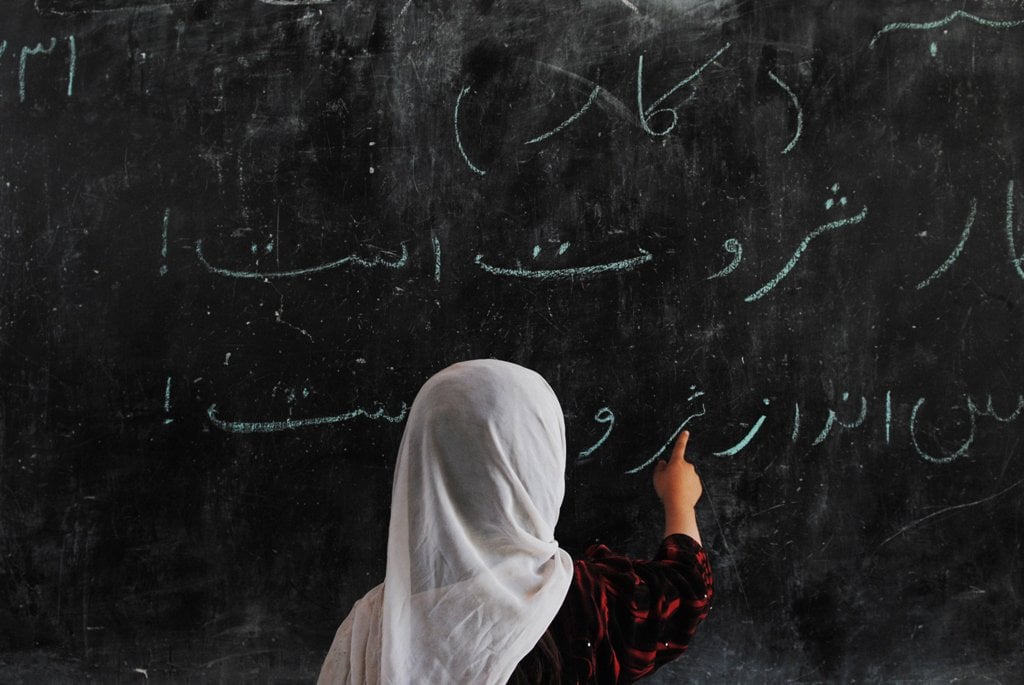
The report titled “South Asia and the Future of Pro-People Development: The Centrality of Social Justice and Equality” the South Asia Alliance for Poverty Eradication (SAAPE) was launched and deliberated upon at the Government College University (GCU) on Thursday in collaboration with the Labour Education Foundation and Simorgh.
Islamic finance has potential to end poverty worldwide
The report argues that while South Asia houses 22% of the world’s population, the region, however, has only 1.3% of total income. The idea that the market will correct imbalances through demand and supply has led to the gradual withdrawal of the region from publicly providing services like education and health.
Depleting investment and state support has resulted in a crisis in agriculture, compromising food security and farmers’ livelihoods. Growing informalisation of labour had added to the misery of the people.
A number of economic experts and academics, including one from Nepal, attended the report launching ceremony. GUC Vice Chancellor Dr Hassan Amir Shah was also present on the occasion.
Farooq Tariq, co-lead editor of the report and Pakistan Kissan Rabita Committee general secretary, introduced the document. In it, he outlined challenges to the myth that poverty had declined in the eight South Asian countries.
The report discussed new measures of poverty, taking into account conflicts, constitutionalism, the crisis of governance, and the dismantling of the welfare state. The two leading questions addressed in the report were the nature of economic growth and the widening of inequality, with an emphasis on growth through justice and not mere growth with justice.
Dr Padma Prasad Khatiwada, who works as an associate professor of Population Studies, Tribhuvan University (Kathmandu, Nepal), spoke of how market glorification had multiplied people’s misery in South Asia and had paved the way for feudal and fundamentalist forces to grow and the corporate sector to loot common resources in the region.
“The failure of the state in addressing popular discontents around basic social security concerns had strengthened fundamentalist ideas in all South Asian countries, breeding an “us versus them” narrative.”
Followed by the key speakers, there was a panel discussion with Karamat Ali (founding member of PILER), Dr Faisal Bari (Associate professor of economics at LUMS and CEO, IDEAS), Dr Kaiser Bengali (Advisor to Government of Sindh) and Dr Rubina Saigol (Independent Researcher).
Ali mentioned that more than 60% of the world poor lived in South Asia with similar orders of magnitude for child labour and bonded labour. He talked about the arms race and militarisation that had become a curse in South Asia and a major hindrance in addressing issues of social security of the poor and the marginalised in this part of the world.
Wealth, poverty propping up Pakistan's illegal kidney trade
Dr Bari, who spoke on education issues, said that the state sector had failed to provide schooling for all, and the private sector was partially filling that void. A minimum of 40% of school-going children were enrolled in private schools with that percentage going up to 70 for urban school-going children. The ability to go to private schools depended upon the ability to pay. “The school system, rather than being a unifying force, was dividing future generations along those who study in English medium and those who study in Urdu medium schools with their different world views, dreams and aspirations. The elite who could be a voice for reforming the school system had carved their own niche in the form of elite schooling with the poor and voiceless left to fend for themselves in schools with low standards and quality,” he said.
Dr Rubina Saigol spoke about the incidence of poverty among women, and the factors that contributed to the greater incidence of poverty and marginalisation among women. She elaborated on these factors, such as lack of land ownership, unequal work value and the glass ceiling at workplace, unequal access to public services, patriarchal bias and social exclusion.
Published in The Express Tribune, September 23rd, 2017.


















1714029027-0/Tribune-Collage-Feature-Images-(11)1714029027-0-270x192.webp)
1714027629-0/Ranbirtransformation-(1)1714027629-0-270x192.webp)


















COMMENTS (2)
Comments are moderated and generally will be posted if they are on-topic and not abusive.
For more information, please see our Comments FAQ